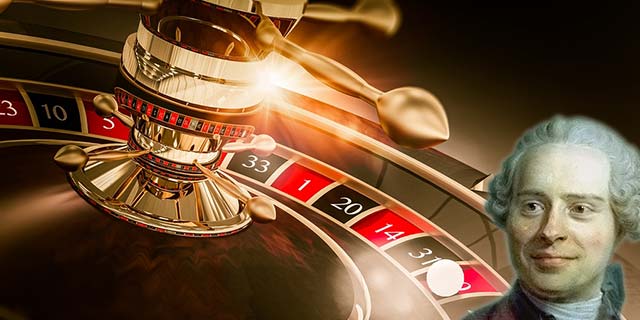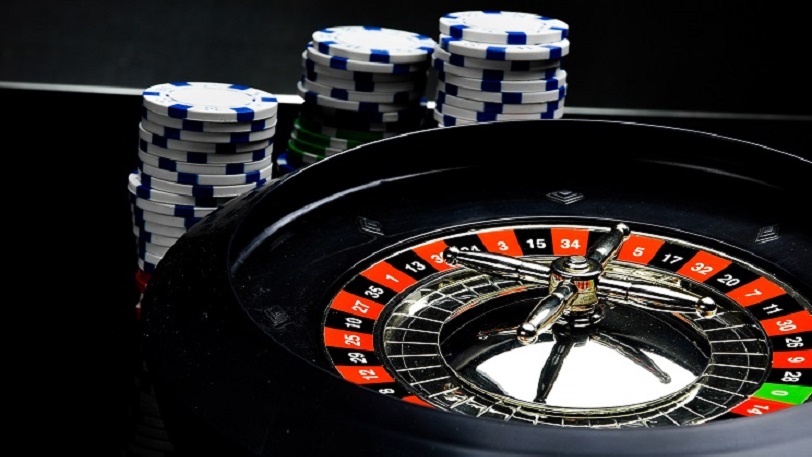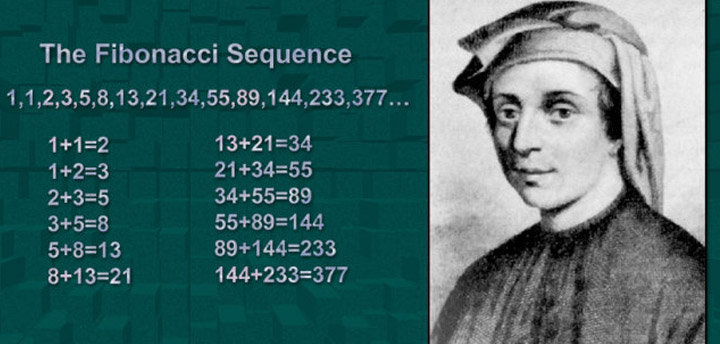The 5 best winning roulette strategies and tips explained
posted on 09-01-2019 by Gurusoccer

The five most common roulette strategies that players around the world have been using to rake in the chips for years are explained in this article.
Undeniably roulette is the dominant game in any casino worldwide. It is the most exciting and entertaining casino game with a long history, that started to spread widely in Europe and America early in the 18th century.
Unfortunately, while it is thrilling, the odds for players are some of the worst of any game and you should have the luck on your side to walk away with winnings. During all these years, many tried to develop roulette strategies and winning systems, it’s your job to continue reading this article and decide which method is the best roulette strategy for you.
All the roulette strategies/patterns that you may find below can be profitable from tie to time, but in the long run, you may lose more than you could expect, as you should not overlook the fact that the luck factor plays a big part of the game. In any case, however, playing with a particular strategy/system can limit the factor of luck to a certain extent
In the following lines of this article, you may find the five most common roulette strategies with wagering examples, that players around the world have been using for years.

The Martingale Roulette Strategy
It is probably the most simple roulette strategy, easy to be played even if you are a novice in the roulette tables. This method depends on doubling your bets after you take a loss, with the goal of recouping all previous losses and gaining a small profit.
In other words, if you place your wagers only on a single colour (no matter which) and continue doubling them until you win, you recover your losses. This is provided you keep doubling losing bets. If you win, keep the winnings and bet the same small wager that you started from again.
Two are the main disadvantages of the Martingale system.
1. The fact that one colour has won 10 times in a row doesn’t mean that the other colour is more likely to appear on the next spin. So, after several consecutive losses, you may run out of money.
2. For this roulette strategy to work, you need to make larger bets or win, in order to recoup losses So if you reach the max bet of the table, then you have to walk away with losses.

D'Alembert Roulette Strategy
The D'Alembert roulette strategy is named after the French roulette theorist Jean le Rond d'Alembert who lived in the 18th century. Just like the Martingale strategy, it is based on a progression after each loss, meaning that the bet is being increased after a losing round.
This is still a popular strategy for novice players. You start by betting an amount (chips) that you set. Whenever you win, you will deduct a chip from your bet, and whenever you lose you will add one more. For example, let's say your first bet is 5 chips. If you win, in the next round you will wager 4 chips, if you lose set your bet to 6 chips. The goal is to reach the lowest number of chips and to leave the roulette as a winner.
The D'Alembert roulette strategy is a quite defensive method, as with the smallest risk you could have winnings. However, your possibility to reach big winnings is virtually impossible, as the more you win, the smaller is your bet.
Nevertheless, this roulette strategy is great when you are playing your bonus money from an online casino and you need to complete the rollover. This is a quite slow method that keeps you for many rounds the game by placing a considerable number of bets.

Pivot Strategy
This strategy is very often used by gamblers around the world and is, therefore, considered as a pretty reliable one. The Pivot strategy can provide you with a nice win once you pay real good attention to the roulette table.
Before placing any bet, you have to take a close look at the table and pick a number which has fallen twice already. When you have done this, you have to bet a maximum of 36 times on this number. Doesn’t the number fall within 36 times, you should really choose another pivot.
It’s wise to note every single number that is drawn, so you can make a bet on another number when there is no result after 36 efforts. The profit of the game will be higher the quicker the chosen number falls.

Fibonacci Strategy
A Fibonacci Roulette System is any system that uses the Fibonacci sequence. The sequence is a string of numbers that come from patterns found in nature. It is considered as the most famous sequence in the history of mathematics.
You can produce quite easy the Fibonacci sequence, each time the next number you get equals the sum of the previous two, starting with 1.
This is how the Fibonacci sequence actually looks like: 1, 1, 2, 3, 5, 8, 13, 21, 34, 55, 89, 144, 233...
The Fibonacci system is used exclusively for even-money bets – Odd/Even, Black/Red, and 1-18/19-36, all of which have roughly 50% winning chance. The numbers in the sequence determine how much you should bet on every round. You start with the first 1 and work your way through the chain until you manage to win a bet.
Then, simply just move back two numbers in the sequence and bet that amount. This continues until you reach the beginning of the sequence and you are at a profit.
This is the simplest version, starting from 1. Each time that the session ends, you will have a profit equal to 1 unit.
1st bet: 1
Loss, continue with the next number in the sequence.
2nd bet: 1
Loss, continue with the next number in the sequence.
3rd bet: 2
Loss, continue with the next number in the sequence.
4th bet: 3
Loss, continue with the next number in the sequence.
5th bet: 5
Win, move back two numbers in the sequence.
6th bet: 2
Loss, continue with the next number in the sequence.
7th bet: 3
Win, move back two numbers in the sequence.
8th bet: 1
Win, move back two numbers in the sequence. The session is over.
Synopsis:
You have placed in total 8 bets, 5 losses and 3 wins. Your total win is 1 unit.
Two are the main disadvantages of the Fibonacci system, just like the Martingale system.
1. The fact that one colour has won 10 times in a row doesn’t mean that the other colour is more likely to appear on the next spin. So, after several consecutive losses, you may run out of money.
2. For this roulette strategy to work, you need to make larger bets or win, in order to recoup losses. So if you reach the max bet of the table, then you have to walk away with losses.
It is worthwhile to mention that this system demands fast calculations and it is not recommended if you are a novice in roulette.

Labouchere Strategy (Split-Martingale)
The Labouchere system was developed by keen roulette player Henry Labouchere (1831 - 1912). It was designed to be used at the roulette table, specifically the even money outside bets such as red/black, odd/oven or 1-18/19-36. This system is also known by several other names, including the Split Martingale, the Cancellation System and American Progression. The main idea of this strategy is that you should be able to recover the losses from losing wagers with a smaller number of wins.
This system, just like Martingale strategy, is a negative sequence, that means that you have to increase your stake as long as you keep losing wagers. However, the Labouchere system does not attempt to recover all previous losses with one single win. Instead, it tries to recover losses with multiple wins.
To start with the system, the first thing to do is write down a sequence of numbers. Technically this can be any sequence you want it to be, although you do need to put some thought into it. We’ll cover this in a bit more detail later.
The potential profit for each cycle of this system is equal to the total value of the numbers in the sequence chosen.
Each time you bet, your stake should be equal to the sum of the first number and the last number in your sequence.
If you win your wager, you then remove the first and last number from the sequence. If you lose your wager, you instead add the amount staked to the end of the sequence.
The only exception to this rule is if you’re ever left with just one number, then you just stake that amount. If you happen to win that wager, the session is over and you start again with the original sequence.
We will use the following simplest sequence, 1,2,3. The potential profit for each session of this system is equal to the total value of the numbers chosen. In this case, it’s 1+2+3=6.
1st bet: 1+3=4
Loss, add 4 at the end. New list: 1,2,3,4
2nd bet: 1+4=5
Loss, add 5 at the end. New list:1,2,3,4,5
3rd bet: 1+5=6
Win, remove 1 and 5: New list 2,3,4
4th bet: 2+4=6
Loss, add 6 at the end. New list: 2,3,4,6
5th bet: 2+6=8
Loss, add 8 at the end. New list: 2,3,4,6,8
6th bet: 2+8=10
Win, remove 2 and 8: New list 3,4,6
7th bet: 3+6=9
Loss, add 9 at the end. New list: 3,4,6,9
8th bet: 3+9=12
Loss, add 12 at the end. New list: 3,4,6,9,12
9th bet: 3+12=15
Win, remove 3 and 12: New list: 4,6,9
10th bet: 4+9=13
Win, remove 4 and 9: New list: 6
11th bet: 6
Win, end of the session.
Synopsis:
You have placed in total 11 bets, 6 losses and 6 wins. Your total win is 6 units (1+2+3).
As you can see, this system is more complicated than some of the simpler alternatives. However, once you get used to the rules it’s not that difficult to understand. Note that in this system, it has no importance at all what toy wager, as Even/Odd, Red/Black or 1-18/19-36. It is the same, whether you stick on a colour or you swift after a win. It's up to you choice.


